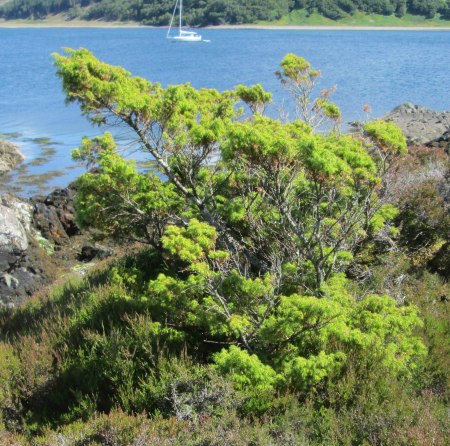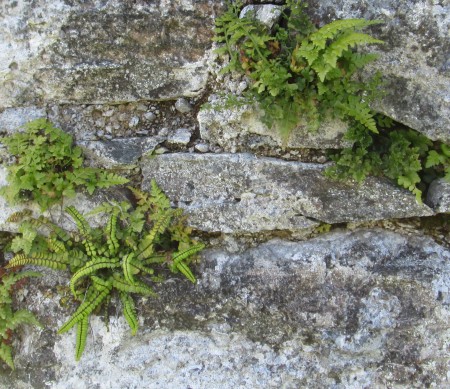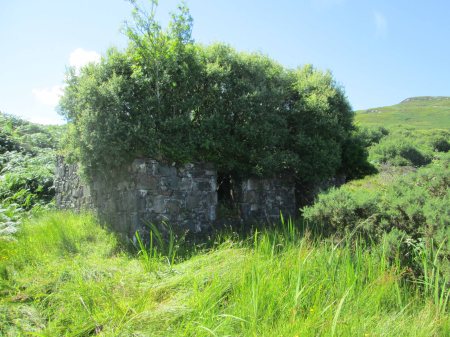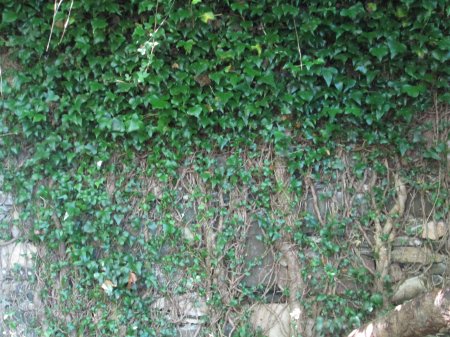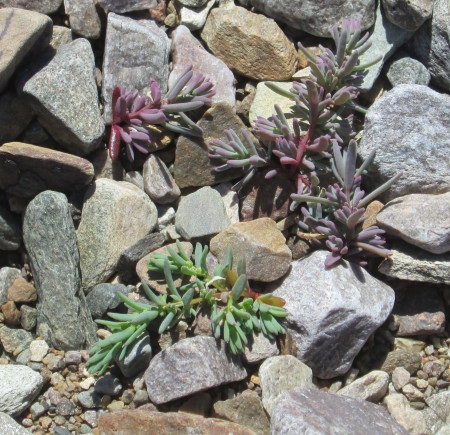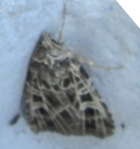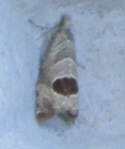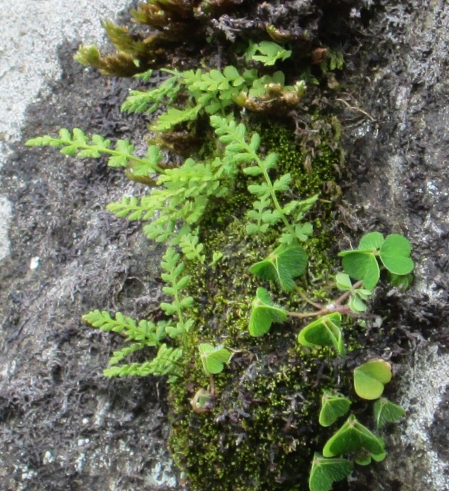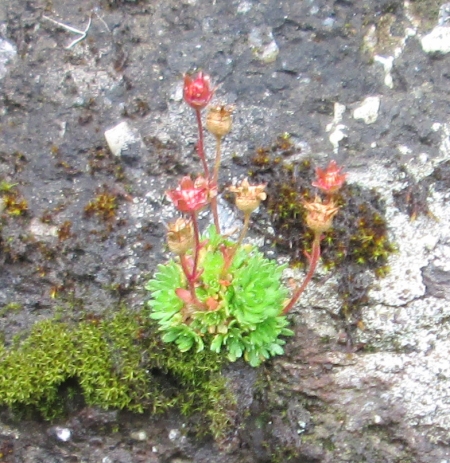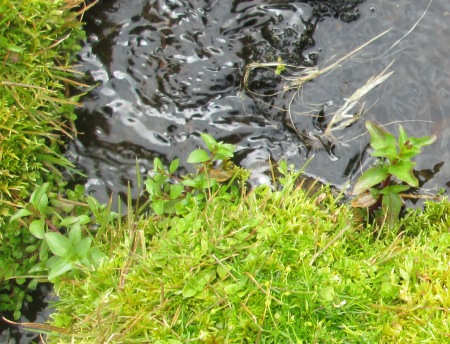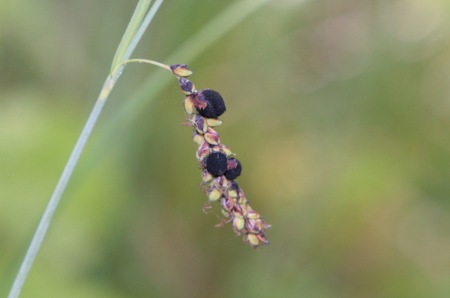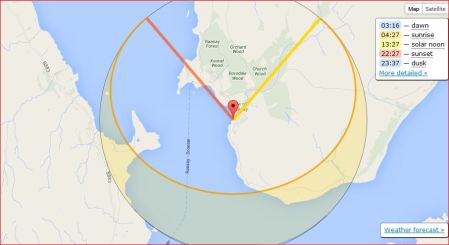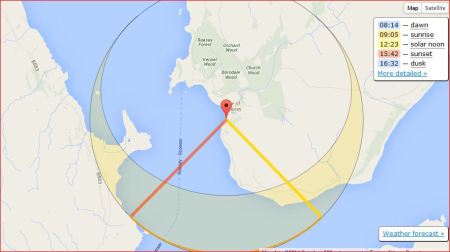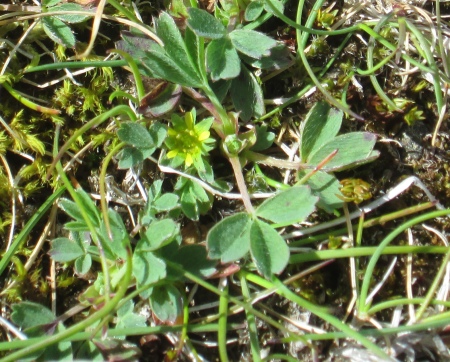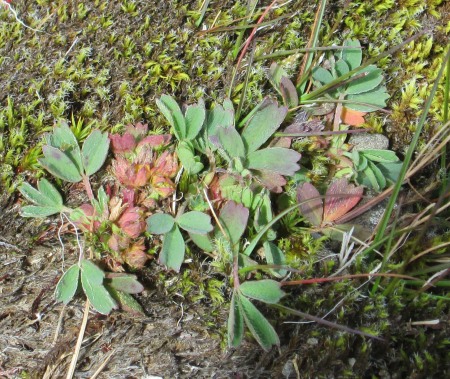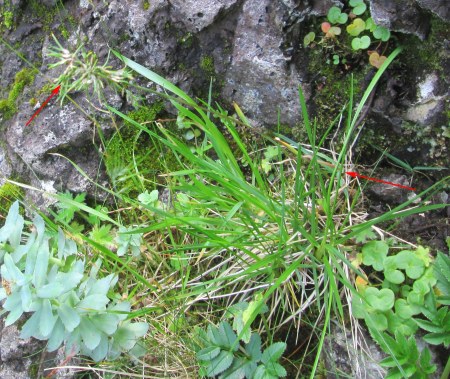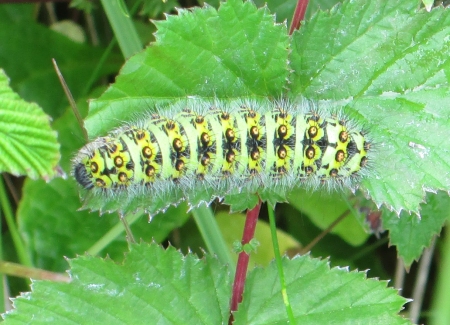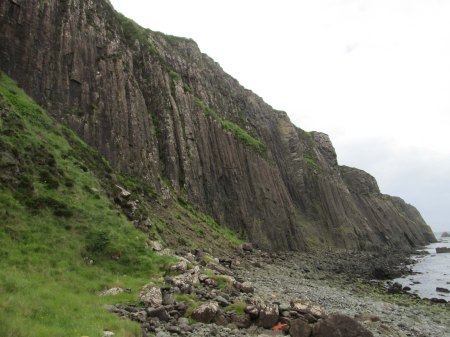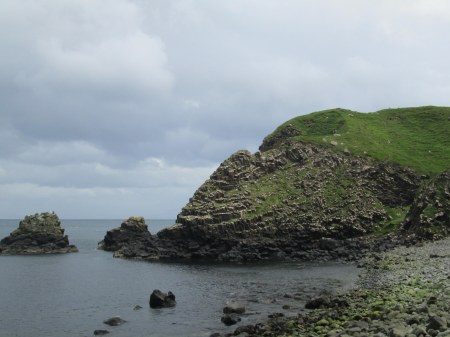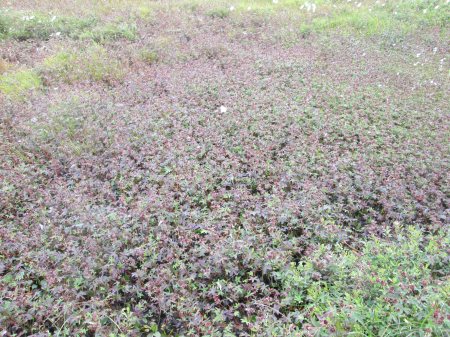During last winter, whilst looking at unrecorded tetrads, I registered that there is a small part of the 10 km square NG82 on Skye with no records. According to the Biological Records Centre tetrad NG82B has 0.2% land and NG82C has 1.35% land. A full tetrad is 2 x 2 km or 4 million square metres so 0.2% is 8,000 sq m e.g. 90 x 90 m. There is nothing remotely like that, but I must ask BRC where they measure from as things below the high water mark are clearly of interest to them, if less commonly so for me. Anyway, I managed 21 species in N82B – sadly not including my “marker” species Succisa pratensis (Devil’s-bit Scabious) that generally shows where I have been – but it did have Blysmus and Danthonia..
NG82C was more productive and had Juniperus communis subsp. communis (Common Juniper) which is anything but common here, unlike Juniperus communis subsp. nana (Dwarf Juniper), and only 3 km from another specimen at Kylerhea.
As well as these unrecorded bits of tetrads, the adjacent ones of NG72W and X were in need of work – W had 7 recorded taxa, 5 of which were mine from when I strayed in from another tetrad in 2010, and X had no records. These have both been much improved today and records were made of the many butterflies and dragonflies and a shrew.
There was a plant of Juncus effusus (Soft-rush) on which each inflorescence was guarded by a spider – perhaps a crab spider – but sadly I failed dismally to get a usable image.
Even if botanists haven’t been there before, there were derelict buildings from longer ago: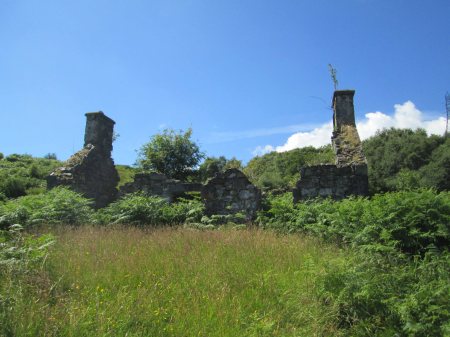
This one with three Aspleniums on the walls
with lots of ivy showing an unusual effect on leaf size – a sudden transition to smaller leaves lower down the wall:
and this small leaf size was also apparent across the floor of the building: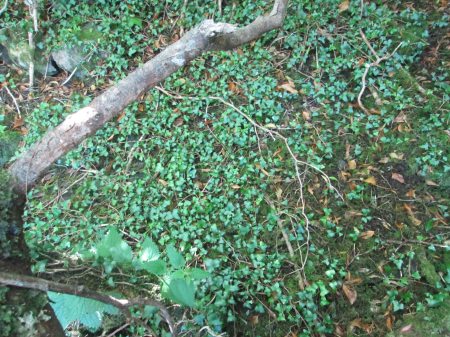
Otherwise, there was an interesting Equisetum that I need to have a closer look at but may just be E. palustre (Marsh Horsetail) behaving badly: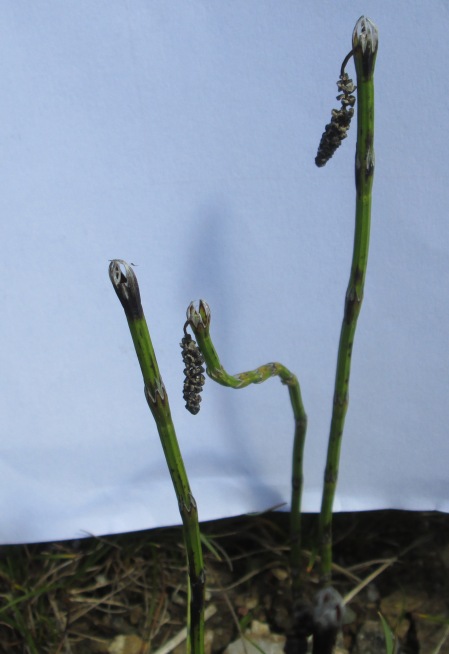
and Suaeda maritima (Annual Sea-blite)
